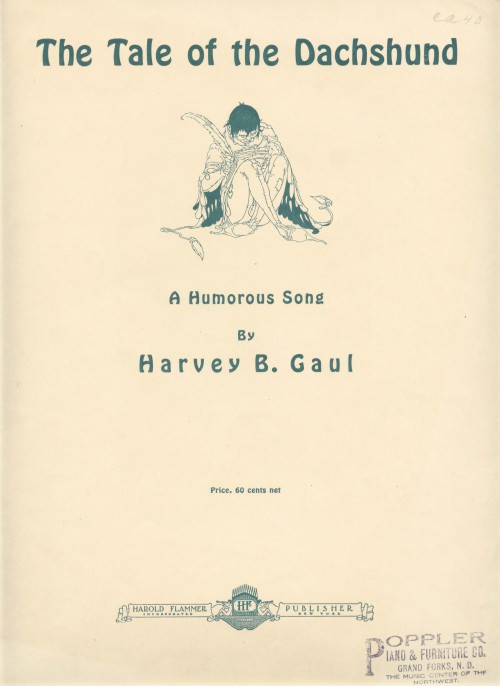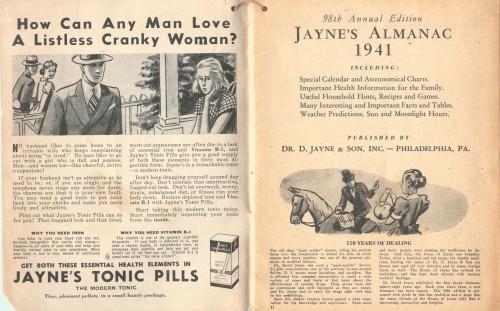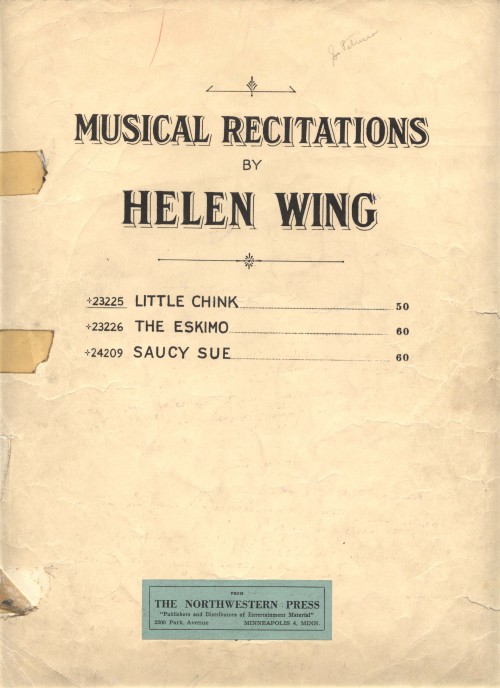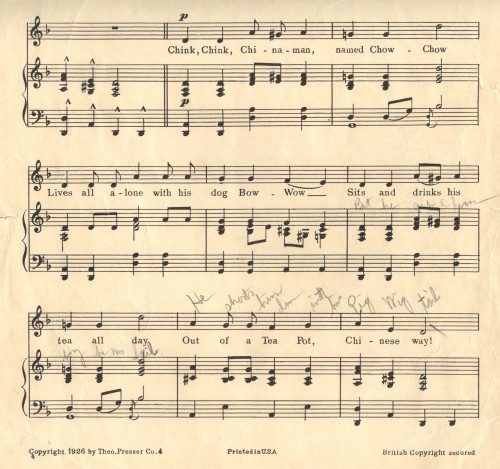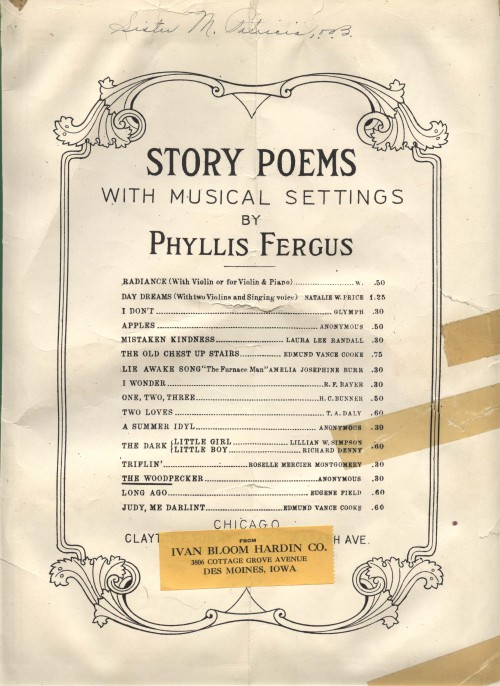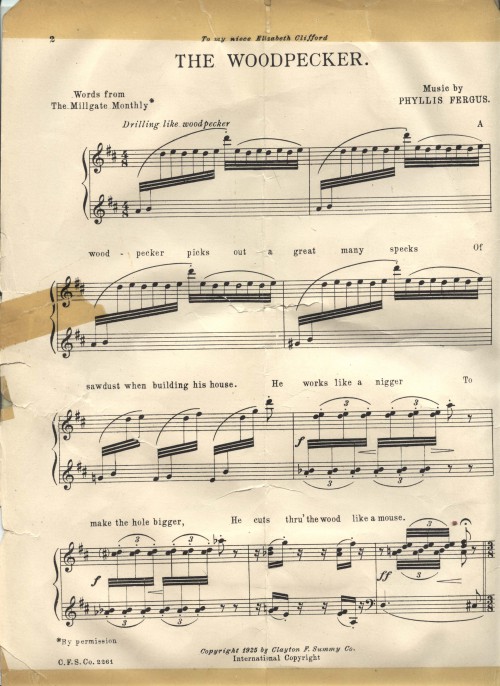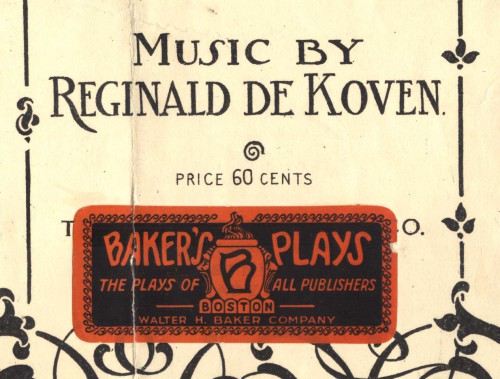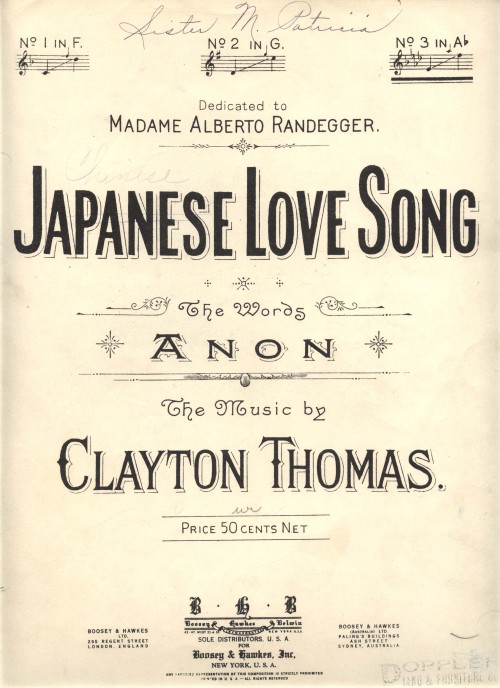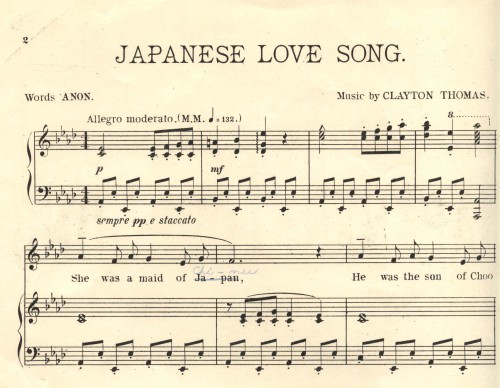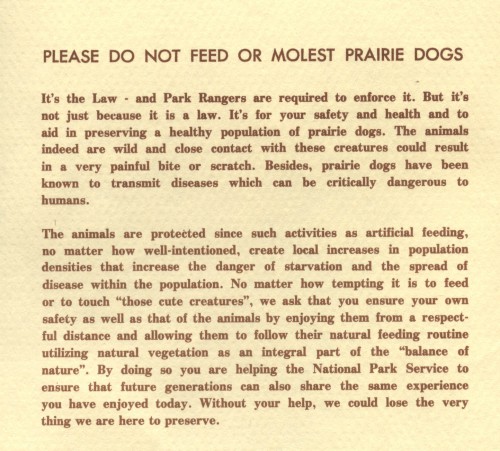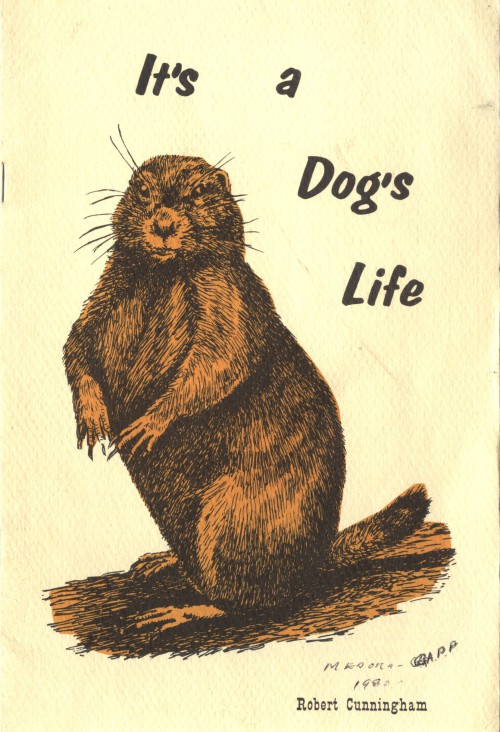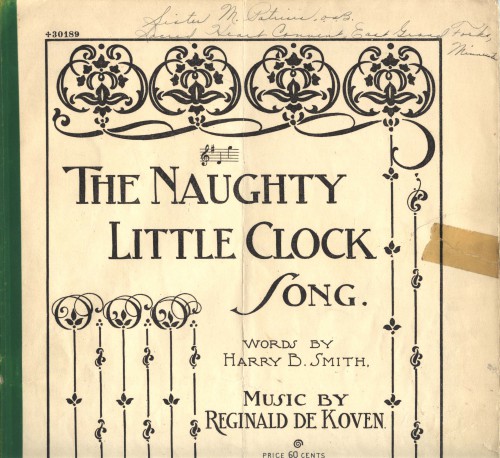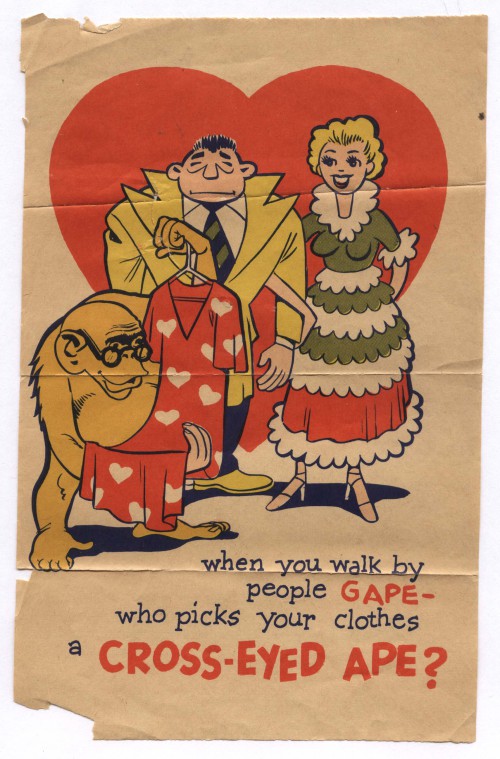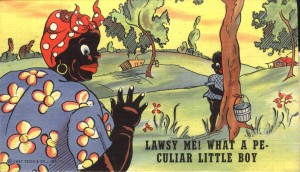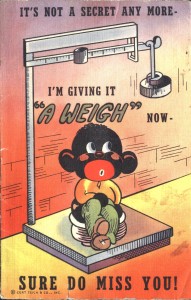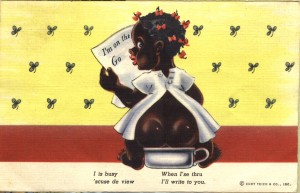What follows are scans of all the pages in a retro Hershey’s promotional comic story book featuring Messy Marvin. This is apparently the top story portion, separated by perforations, from a larger activity book. (This explains the perforation-bumps running along the bottoms of all pages — and some color bleed.)
(I’m tossing this into the 80’s pile because while the book may have been copyrighted in 1979, we all remember Messy Marvin from Hershey’s 1980’s advertising campaign.)
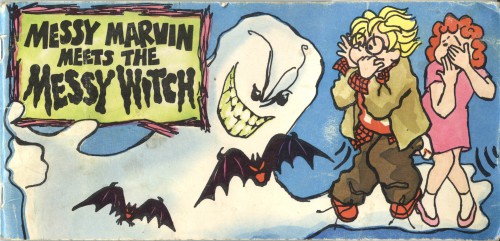
I love how much the Messy Marvin on the front cover looks like Peter Billingsley (did). I don’t know who or what this Suzy was.
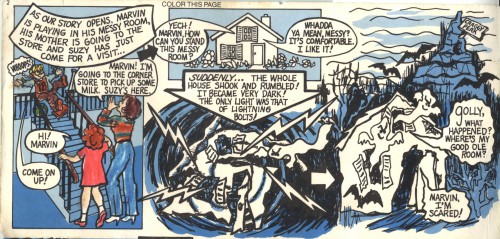
While this was the story book above the activity book, you’ll see there are plenty of directions in this part too. This page instructs you to color it; but the previous owner only did the first panel.
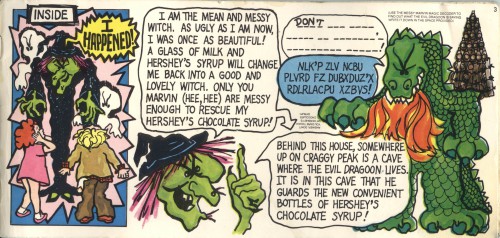
Note that this page directs readers to use the Messy Marvin Magic Decoder to find out what the evil “dragoon” says. In true lame don’t-make-the-kids-work-too-hard style, the answer is provided for those kids who didn’t have one. (Sorry, but I grew up in the days where they didn’t give you the answers, where the blanks remained blank until you got your hands on the magic decoder… Those blanks haunted you, the text taunted you… And true friends made deals: “I’ll get the activity book, you get the decoder, and we’ll meet back here on Saturday.”)
Anyway, the dragoon’s message is as special as Ovaltine’s was in A Christmas Story; but then, the whole book is an ad. I guess by this time, even the kids were so jaded that they expected such shameless promotions.
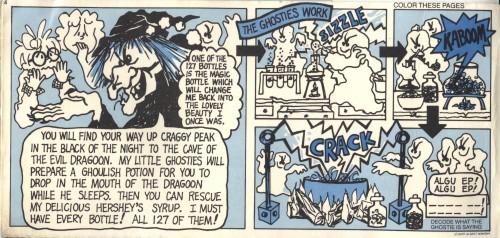
“ALGU EP!”
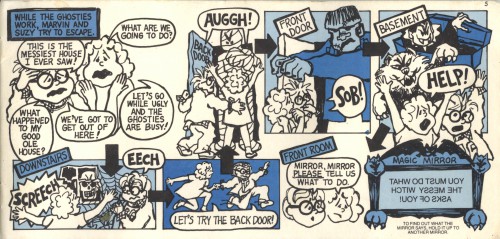
“Mirror, mirror please tell us what to do.” The magic mirror’s answer is revealed when you hold it up to “another” mirror. Since the book didn’t cheat and give you the answer, I hope kids knew that “another mirror” was a real mirror.
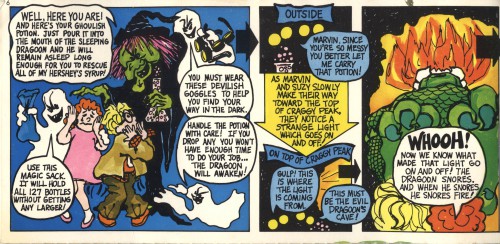
“Marvin, since you’re so messy you better let me carry that potion!”
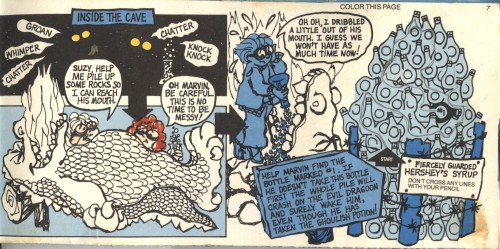
(I love seeing the eraser marks as the former owner tried to deny his mistakes in doing this puzzle.)
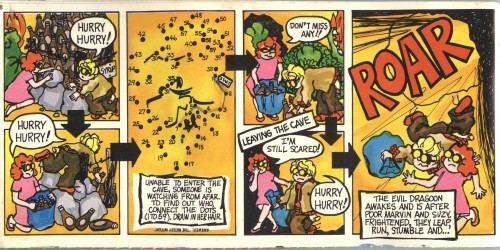
This page includes a dot-to-dot. Apparently dot-to-dots were so difficult for kids in the 80’s to do that Hershey’s was compelled to give the answer. The former owner sure found counting from 1-59 was such hard work that he gave up at 7 and read the answer, I guess.
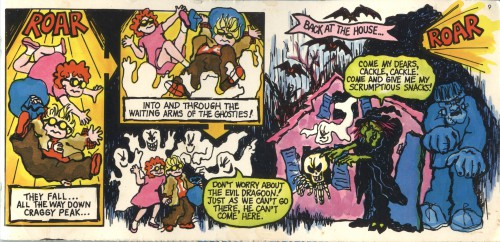
They fall… All the way down Craggy Peak…
Into and through the waiting arms of the Ghosties!
“Don’t worry about the evil dragoon! Just as we can’t go there, he can’t come here.”
(I bet this writer went on to write for the SciFi Channel.)
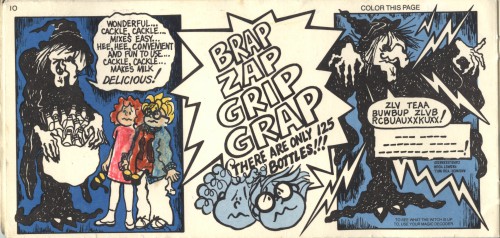
BRAP
ZAP
GRIP
GRAB
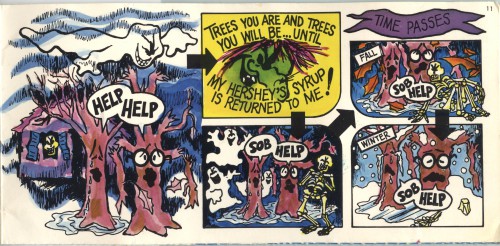
Trees you are and trees you will be… Until my Hershey’s syrup is returned to me!
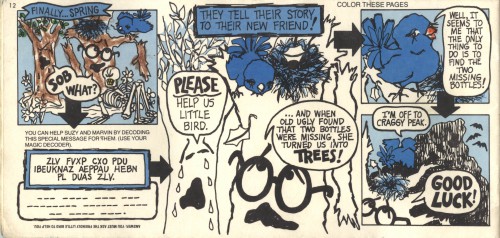
Pages to color and decode? Didn’t they learn anything from the failed dot-to-dot attempt?
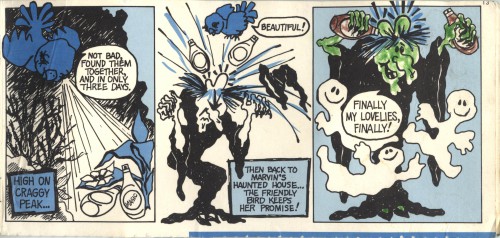
Not bad, found them together and in only three days.
That’s nearly as easy as flipping the book to read the answers!
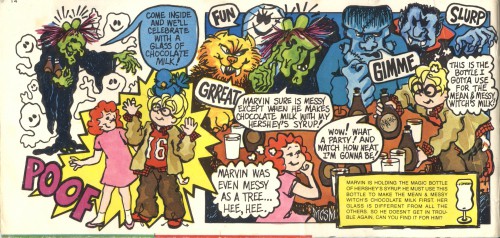
Marvin was even messy as a tree, but they know he’s not messy when he makes chocolate milk with Hershey’s syrup — however, he must find the mean and messy witch’s glass first!
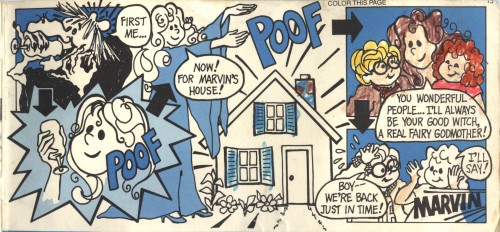
He found the witch’s glass, did you?
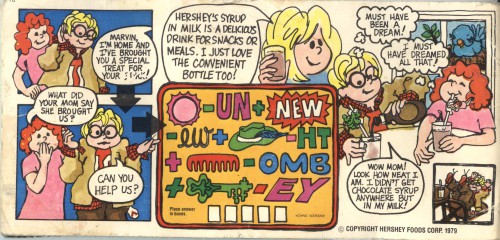
One last puzzle before your advertising activity book is done — and if you solve it, maybe you can have one. *wink*
